The easiest way to create a balanced and healthy meal plan when you have a busy daily life as a student is to be prepared, and plan your weekly meals in advance.
This helps you to be organised and save yourself time and money while eating healthier!
One of the main reasons we order takeaways and fast food is because the thought of buying, cooking and combining ingredients at the end of a very hectic day is a daunting prospect.
To get away from this headache, it’s a far better idea to plan everything out a few days or weeks in advance and reduce your stress around food preparation and planning especially when those inevitable test and assignment deadlines roll around.

How to stock your student pantry
Before getting started with planning your weekly meals, have a look at some of the shopping list essentials for any student planning to cook for themselves during university.
Use some of these ideas to stock your fridge and food cupboard, and think about how you might go about pairing some of these ingredients with other proteins, starches, and vegetables to create a mouthwatering meal.
Consider the types of foods you like and dislike as well as the cost, and availability of different items.
Shopping list basics:
Dairy + Meat:
- Butter
- Cheese
- Chicken
- Cream
- Eggs
- Milk
- Yoghurt
Legumes:
- Baked beans(high in fibre and antioxidants)
- Chickpeas
- Red kidney beans
- White beans
Cupboard Essentials:
- Pasta
- Rice
- Peanut Butter
- Oats
- Canned goods (tuna, beans, soup, onions, tomatoes, sauces, etc)
- Dried fruit and nuts
- Cereal
- Honey
- Bread
- Spices: Salt, pepper, spices, sriracha (a sumptuous extra)
- Sugar
- Tomato sauce
- Vegetables
- Popcorn
- Vinegar
Cooking Oil
- Olive oil or
- Sunflower oil or
- Vegetable oil or
- Coconut oil
Vegetables:
- Avocados (careful expensive)
- Carrots
- Cherry tomatoes
- Frozen chopped vegetables
- Kale
- Onion
- Potatoes
- Scallions/spring onions
- Spinach
- Sweetcorn
- Tomatoes
Planning weekly meals
Planning your meals out on a weekly basis, or monthly basis – if you’re incredibly diligent and motivated about creating the perfect meal plan – will make your life a lot easier and free up a surprising amount of time and money.
Having a schedule that details your weekly meals gives you the opportunity to buy in bulk and create a healthy diet that contains diversity and a variety of ingredients to excite your taste buds – instead of feeling bored by the same quick, go-to meal that you would resort to at the end of a long day.
Master your menu
Plan out the main meals for your week, and the main ingredients you’ll need such as meats, starches and veggies. This can be adjusted if you have any specific dietary requirements such as gluten free, lactose intolerant, or if you are a vegan or vegetarian.
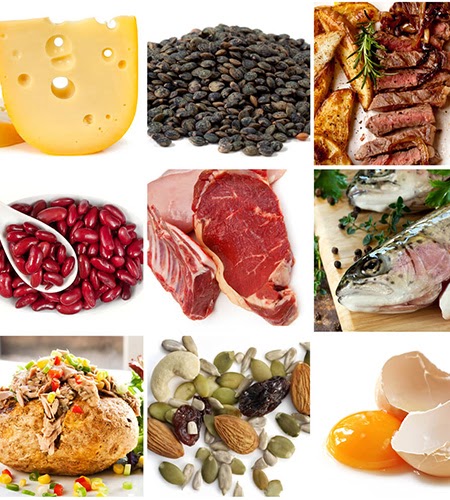
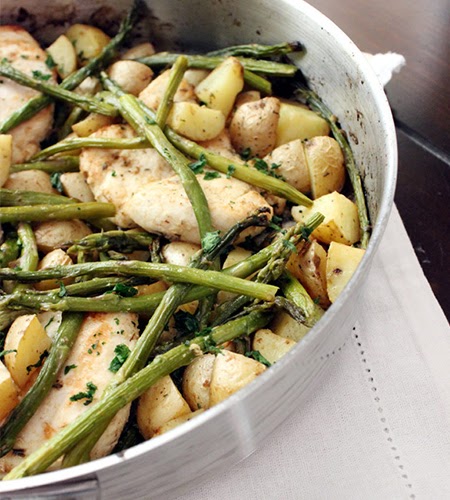
It’s up to you, what you choose and would prefer, but the most important thing is to plan at least 3-4 meal ideas a week and cook enough for 2-4 portions. That way, you’re prepared for enough days during the week when you’re busy, plus you’ll have leftovers for lunch and an extra night or two. On the weekends you can then enjoy drinks and meals out with friends. Planning out your meals in advance can actually make life a lot easier on the whole, without wondering how and when you’re going to make your next meal.
Types of meat or meat alternatives
When it comes to meat, you have a variety of options – red meat, poultry, pork and seafood.
Red meats include beef, lamb, mutton, veal, venison, and goat. Of which the best and most affordable option would be beef, in the form of steaks, patties, strips, mince, and other cheaper cuts such as stewing beef. More expensive cuts include fillet, t-bone, and tenderloin.
Poultry includes chicken, turkey and ostrich, and while they contain roughly the same amount of protein per cut, chicken and ostrich are definitely cheaper options and more versatile choices for student meals.
Ostrich might not be your first choice, however, it’s high in protein and iron while maintaining less fat, calories and cholesterol than chicken or turkey. It is also a great substitute for red meat.
If you are a vegetarian or vegan, it can be a good idea to choose meat free alternative staples such as Fry’s and Quorn meat alternative products, or legumes and more substantial vegetables such as aubergine and mushrooms as alternatives.
Types of vegetables
In terms of vegetables, you could choose salads, cooked vegetables, or roast vegetables. Salads are less time consuming to whip up, but have to be made fresh on the day, whereas roast veg might take some extra time, but – if you cook in bulk – you will have enough for days to come. At the end of a long day, it’s really all about your personal preference and what you feel like eating.
Spice your salads up with fruit and peppers for a bit of an added sweet spark to excite your taste buds. Try different methods of cooking your vegetables such as roasting, frying, and steaming and don’t forget to add some spices to liven them up!
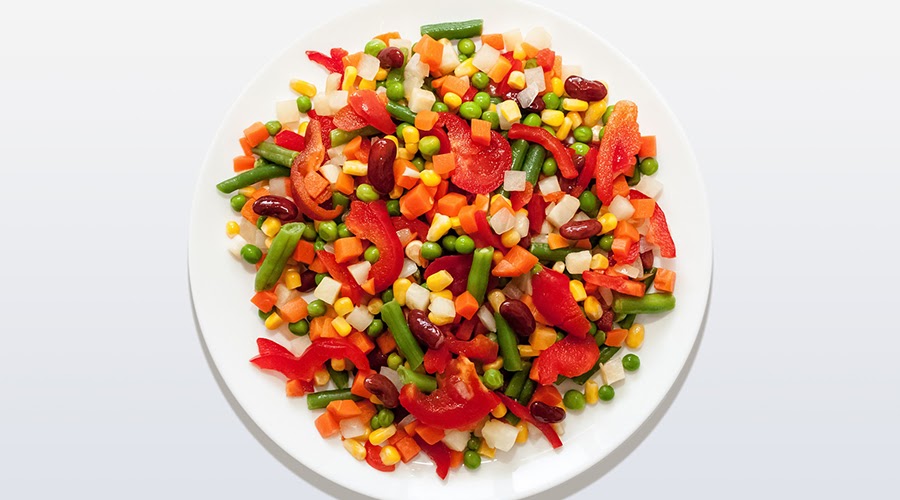
Vegetables can be used as more than just a side by creating stuffed vegetable combinations. Use a base of pepper, mushroom, aubergine, gem squash, or zucchini and fill with cheese, meat, grains (couscous/rice), and more vegetables as well as a variety of other toppings to suit vegetarian or carnivorous diets. You can also stuff sweet potatoes with plenty of delicious toppings, fill with curry, or fill with plenty of other sauces and ingredients such as avocado, humus and chickpea to create an enticing meal.
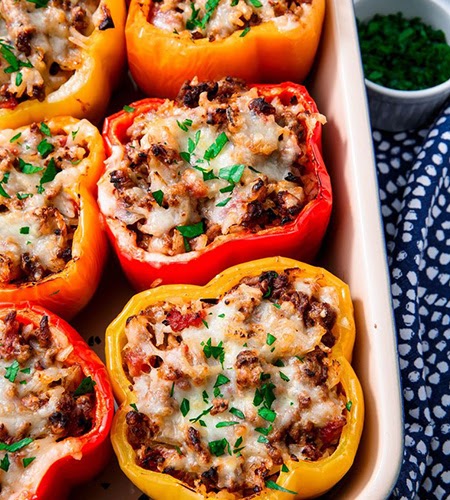
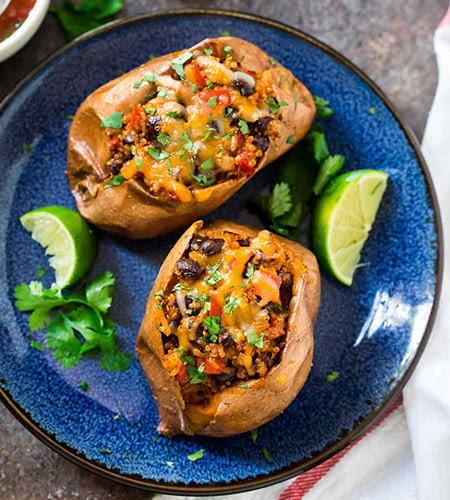
Buying in bulk
Buying in bulk is the key part of the process that can save you money and time, if you find the right stores and keep your ingredients from going off. This is a great tip for store cupboard (or non-perishable) foods that have long expiry. You can also buy perishables in bulk if you have a freezer, friends to share with, or plan your meals cleverly.
To buy in bulk effectively, you need to have some recipe ideas in mind and triple each ingredient’s quantity and base your lunch and dinner time meals around just one or two meat options.
First of all, you want to visit larger stores and grocery retailers where you know you can get a discount, while still receiving quality produce.

Next, you want to make a list of all the main ingredients you’ll need for your meals throughout the week and tally up what you’ll need in terms of quantity. It’s also good to keep in mind which ingredients to buy that won’t perish quickly, and can be used to create a variety of meals.
Buying bulk vegetables
Frozen vegetables are a great item to keep stored in the freezer. This allows you to always have veggies on hand without worrying about them perishing quickly.
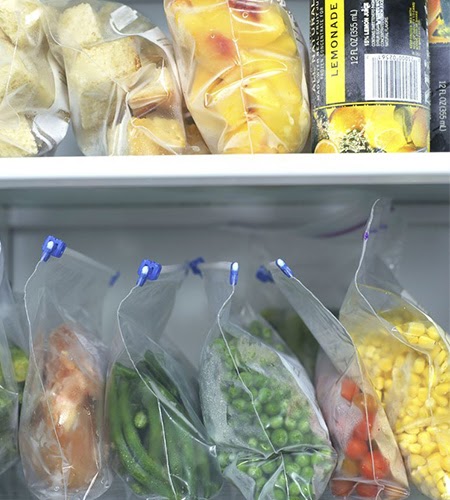

These veggies are highly nutritious and versatile as ingredients in a variety of carnivorous based and vegetarian based diets.
Buying bulk starches
Dried pasta is also an incredibly cheap ingredient which can last up to two years after purchase. Pasta is also incredibly useful in a variety of dishes and can be paired with a range of meat or vegetarian sides as well as sauces.
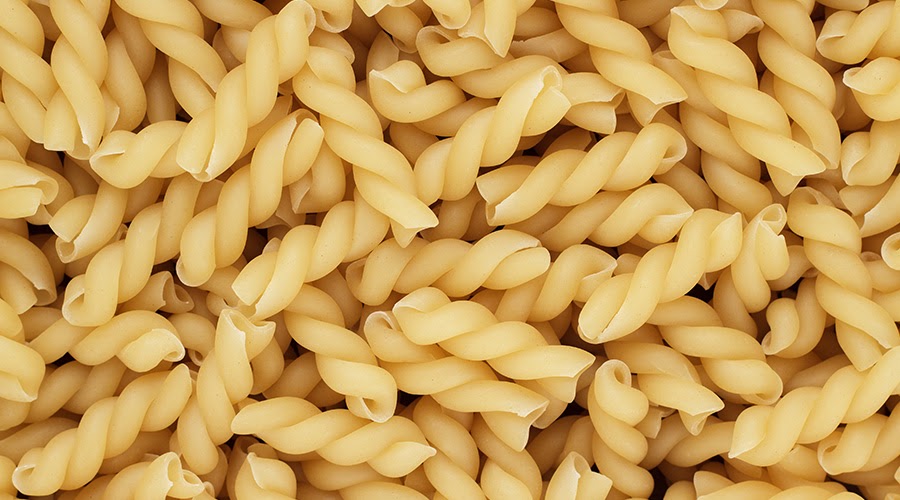
Buying bulk cupboard ingredients
Coconut oil is an incredibly useful item to have around the home. It can be used in a variety of cooking applications, whether it’s just as a lubricant or an essential ingredient to creating creamy sauces, for example.
It takes a period of years to expire if stored under the correct conditions and it’s relatively inexpensive when bought in bulk, and used sparingly for a long period of time.


Peanut butter is a great item to buy in bulk, if you’re a fan of the tasty spread, which is also high in protein and other healthy ingredients.
Peanut butter can also be used and adapted to create a variety of different, delicious snacks to enjoy! Some of these include classics like peanut butter on toast (with some honey if you’re feeling like a sweet surprise), peanut butter balls and smoothies.
Speaking of smoothies, you can also combine healthy supplements that store well, to add extra substance to your healthy morning smoothie.
Green powders are nutritional supplements made from crushed dried, pulverized greens like kale, spinach and wheatgrass. They can be combined with yoghurts, smoothies and other recipes for extra nutritional benefit, extra energy and healthy supplements that can help boost your immune system a bit and help stave off illnesses throughout the semester.
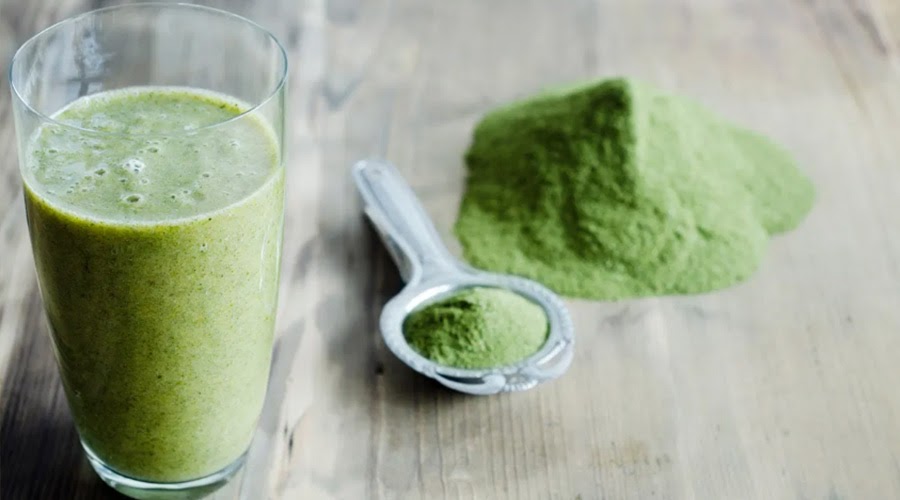
Organise your prepared meals
Having a variety of plastic containers that you can place in the freezer once filled with your favourite dishes or prepared ingredients, is a great idea. It means you can easily store ingredients and leftovers for future meals conveniently and save money within your monthly food budget.
You can get these from sites such as Takealot, or Makro, Game and Mambos Plastic Warehouse and they’re worth every penny.
We’ve spoken a lot about planning out your weekly meals, so it’s time to provide you with some ideas of what your meal plan could look like on a day-to-day basis.
Student meal ideas for breakfast, lunch, dinner and snacks
Here are some ideas for breakfast lunch and dinner and other healthy snack ideas for when you’re running around during the day on campus. Get some healthy ideas to keep in mind for when you’re feeling starved.
Breakfast recipe ideas:
Making breakfast in the morning can be time consuming and you need a way to get a good start to your morning without wondering how you’re going to create the perfect breakfast while you’re still waking up and wiping the sleep out of your eye.
A good breakfast doesn’t have to be a chore – it can be crafted in a matter of minutes!
Muesli and yoghurt:
Meshing granola, fruit and yoghurt is a good breakfast option which is full of vitamins, iron, and magnesium and high in fibre.
It’s a tasty and easy breakfast option if you’re in a hurry, and it can be enhanced with a bit of organic honey and fruits such as berries – even nuts would be a good addition to this breakfast meal.
Eggs on toast:
Eggs on toast is a good classic breakfast which can help you kickstart your morning with doses of vitamin D, selenium, B6, B12 and minerals such as zinc, iron and copper.
You can keep things interesting by adding sides to your eggs on toast ensemble, and try different ways of cooking your eggs such as poaching, scrambling, frying and boiling your eggs. Don’t forget to salt and pepper!
Overnight oats:
Oats are a great nutritious and warming breakfast for cold winter mornings, but can be time consuming to prepare. Save time by leaving them to soak overnight in your choice of water, milk, or cream and simply warm and add your favourite topping in the morning!
Lunch & dinner:
Spaghetti Bolognese and Homemade Tomato Sauce:
Pasta isn’t healthy by nature, you can use the homemade tomato sauce as the catalyst behind creating this delicious dish. You can use the tomato as a base in which to cook, or marinate, your bolognese and your pasta.
Tomatoes aid digestion, stimulate blood circulation, reduce blood pressure and are packed with vitamins and mineralsIf you can, try making your own homemade pasta for the healthiest approach.
Chilli Con Carne:
Chilli con carne is a great homestyle meal with certain ingredients with tangible nutritional benefits.
Legumes, the beans used as one of the ingredients in this dish are a valuable source of dietary fiber, providing 4 to 8 grams in every half-cup serving. Those little beans also rich in protein, folate, iron and zinc. As a whole the dish is rich in fibre, and is a heartwarming meal that’s easy to make at home.
Healthy daily snacks to keep on hand:
Chances are, you’ll start feeling a bit hungry between lectures and maybe on the way home from a particularly long day, you might need something to snack on before you arrive home.
The healthiest options, that can also help you save, can be bought in advance during your weekly grocery haul so that you can save money by not buying impromptu snacks like chips, chocolate, sweet snack bars and biscuits during the day.
Pretzels:
So, pretzels do not hold much nutritional value, but they are a whole lot healthier than chips. Which makes them a low fat and low calorie alternative to having a bag of chips.
Low fat yoghurt:
You can small snack yoghurts which are low in fat and can be high in protein, calcium, vitamin, which are great for the body and probiotics which can help the microbiota in your gut.
Fruit:
Fruit is a great snack to have on hand whenever you’re feeling a little bit peckish. Fruits like bananas, pears, oranges, naartjies, mango, berries, pomegranate, strawberries, pineapple and avocados are all provide different levels of nutrition to help you get through the points in your day when you’re really craving a snack.
Nuts:
Nuts are a good source of fibre, protein and fat – the good kind! They also contain a number of vitamins and minerals, including magnesium and vitamin E.
Healthy nuts:
- Almonds
- Pistachios
- Walnuts
- Cashews
- Pecans
- Macadamia Nuts
- Brazil Nuts
- Hazel Nuts
- Peanuts
Wrapping up your healthy student meal and snack ideas
Now that you have some tangible ideas for weekly, heartwarming meals and snacks to enjoy throughout your study sessions – it’s time to get going! Buy your ingredients, freeze what you don’t need and get started with planning and preparing the meals you’ll need for next week or two.
Healthy eating is just one aspect that contributes to a balanced lifestyle at university. There are a few other factors that will help you manage your daily life better and make you feel mentally “on-top of things” – and we have a variety of articles to help as you start your university journey in Cape Town.
Find out how to create a comprehensive student budget and what you can expect to pay as a student living in Cape Town, get life hacks for living in student accommodation, and tips for making your dorm room feel more like home.
At NEST, we aim to provide an inviting, inclusive environment that feels like a home away from home. We offer our students 10GB of free WiFi per month, underground parking, lounge areas, and a rooftop gym. We also pride ourselves in being a secure block, with biometric fingerprint access, 24/7 security staff and CCTV cameras positioned throughout the block.
Send us an enquiry and join us at 46 Durban Road to view our modern rooms and all of the features our block has to offer to students studying at universities in Cape Town.
Contact us on 074 330 4222 or by emailing info@nest.co.za and arrange a viewing for one of our stunning student rooms!





